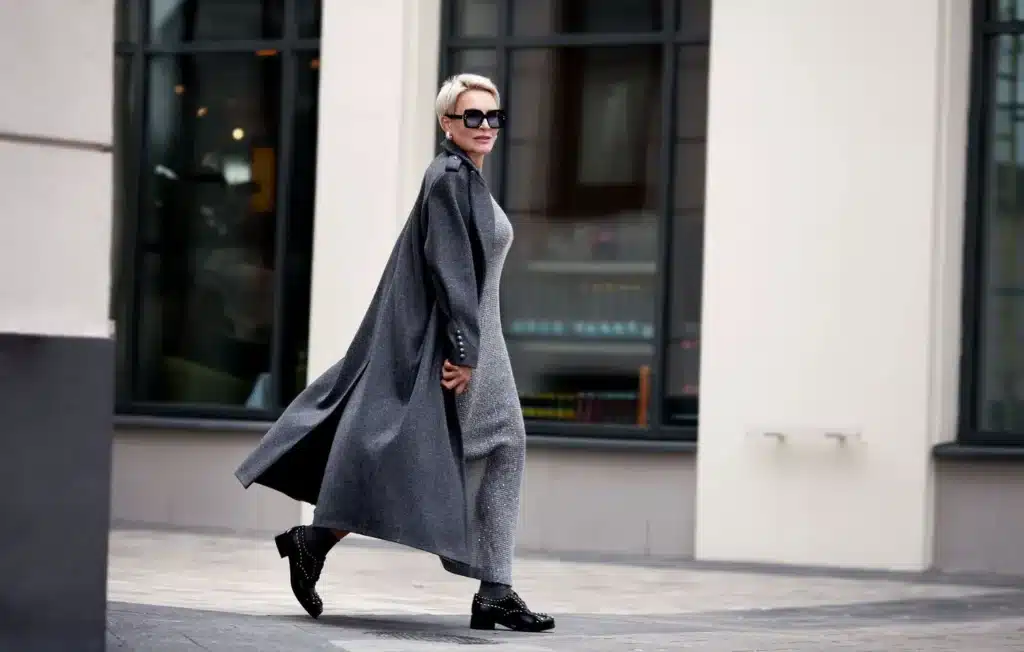In recent years, modest fashion has taken the global fashion scene by storm, becoming more than just a trend but a significant movement. From fashion weeks in London and Dubai to mainstream brands offering modest collections, the rise of modest fashion has reshaped the industry. But what exactly is modest fashion, and why is it gaining such traction? Modest Fashion is In.
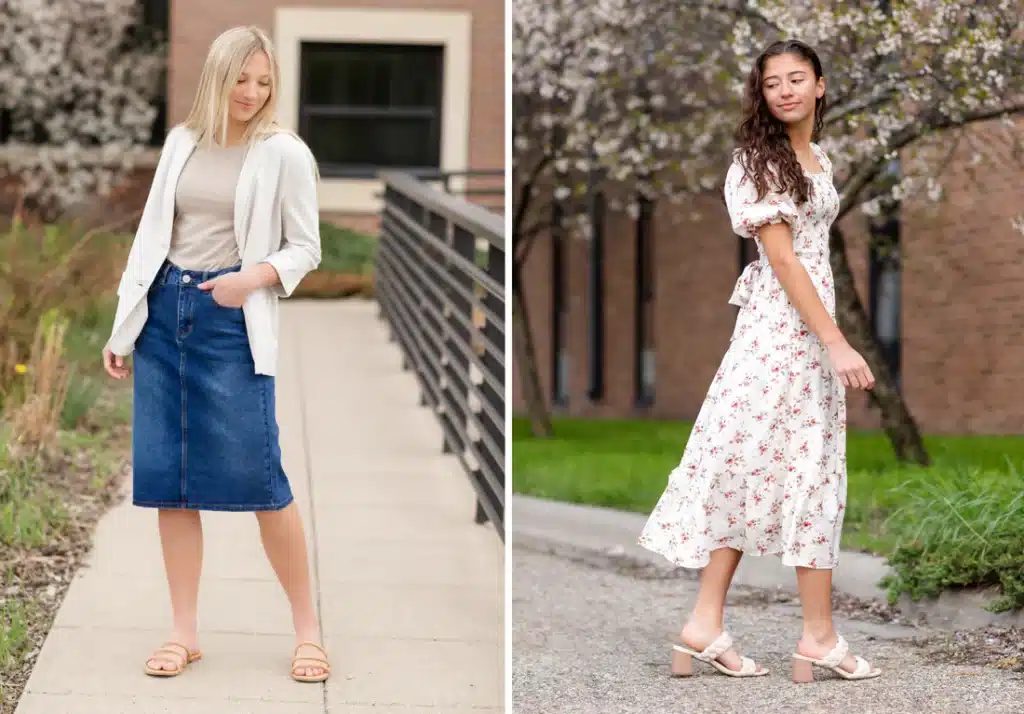
At its core, modest fashion refers to clothing that offers more coverage than traditional styles. However, it’s not just about covering up—it’s about expressing style and personality while adhering to cultural, religious, or personal standards of modesty. This movement has been embraced by women from various backgrounds who wish to dress fashionably without compromising their values or comfort. Whether for religious reasons or personal choice, modest fashion is empowering individuals to own their style in a way that aligns with their principles.
Let’s dive deeper into what modest fashion entails, its growing popularity, and why it has become a force to be reckoned with in the fashion industry.

What Defines Modest Fashion?
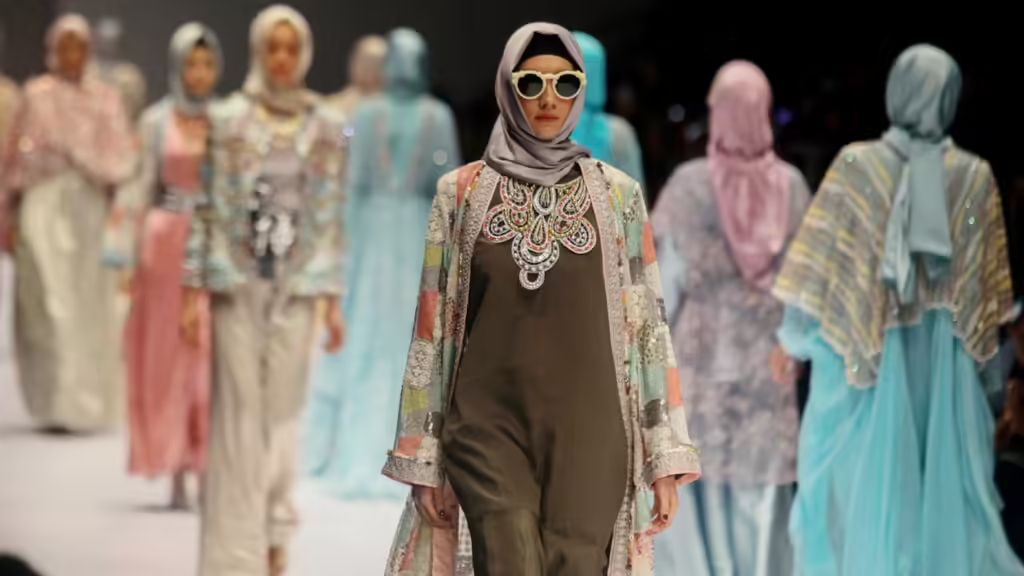
Modest fashion comes in a wide array of styles, from flowing abayas and hijabs in the Middle East to long, tailored dresses, wide-leg trousers, and oversized blazers that are popular in Western fashion circles. It has been embraced across many different cultures and faiths, including Muslim, Christian, and Hindu communities, but also appeals to those outside of religious frameworks who prefer a more conservative or minimalist style.
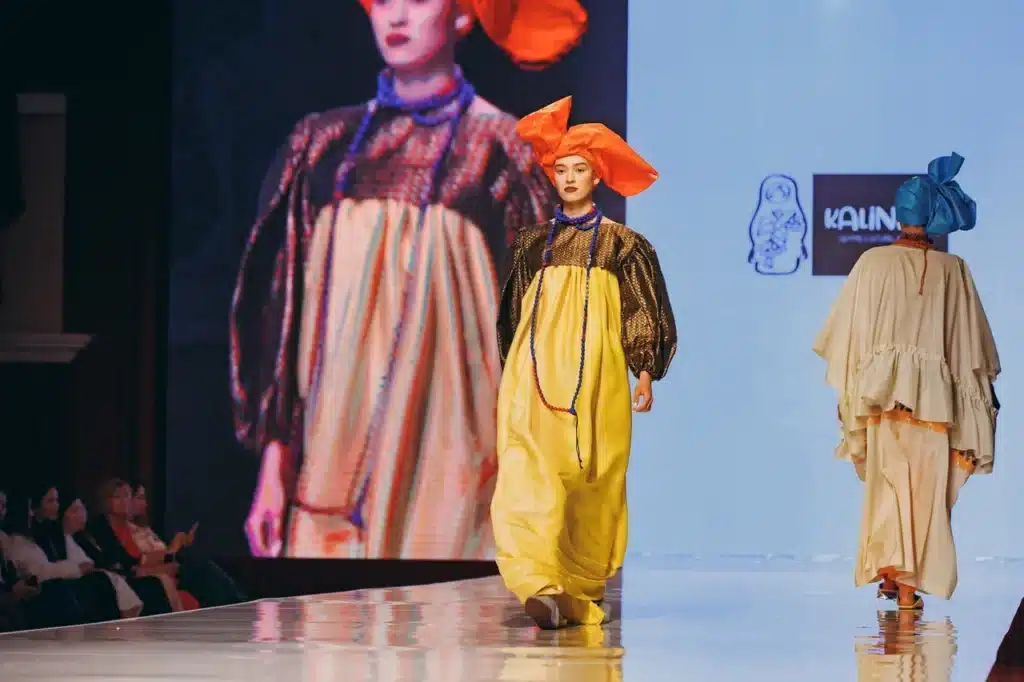
The Global Rise of Modest Fashion
Modest fashion’s rapid rise can be attributed to a shift in the global fashion industry towards inclusivity. Fashion has traditionally catered to a more revealing aesthetic, but designers and brands are now realising that there is a substantial market for women who desire stylish yet modest clothing. From international runways to high street brands, modest fashion is proving that covering up can be just as fashionable, if not more so, than traditional trends.
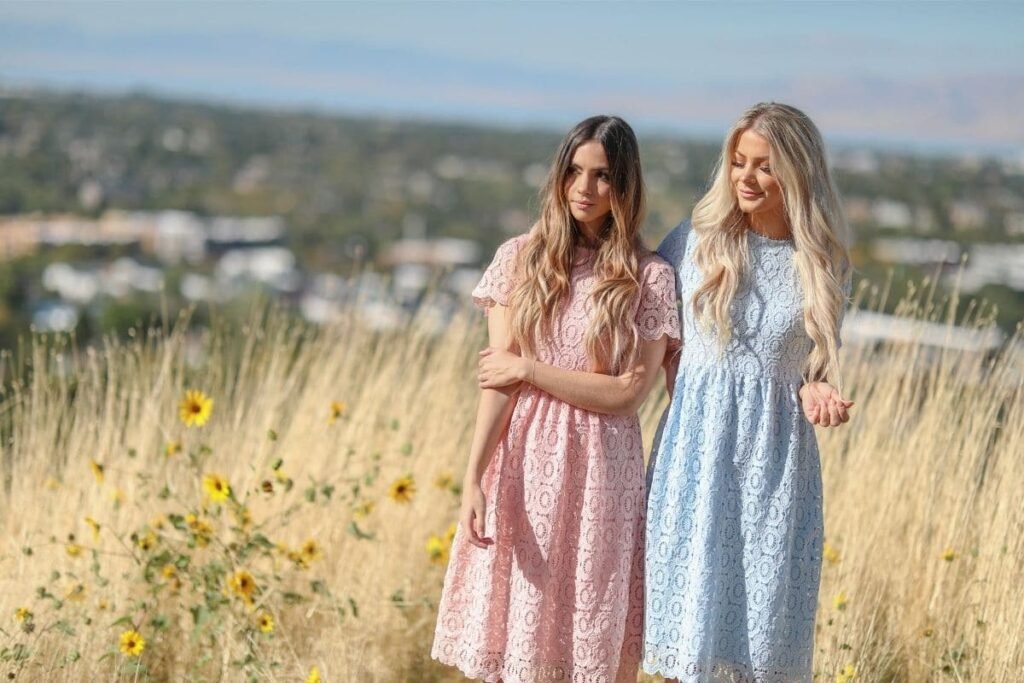
One of the key reasons for the rise of modest fashion is the increased representation of different cultures and religious practices in mainstream media and fashion. Brands like Dolce & Gabbana, H&M, and Mango have launched modest fashion lines that cater to Muslim women, particularly during Ramadan and Eid. Meanwhile, modest fashion influencers, such as Halima Aden and Dina Tokio, have become prominent voices, showing that modesty and fashion-forward thinking can go hand in hand.
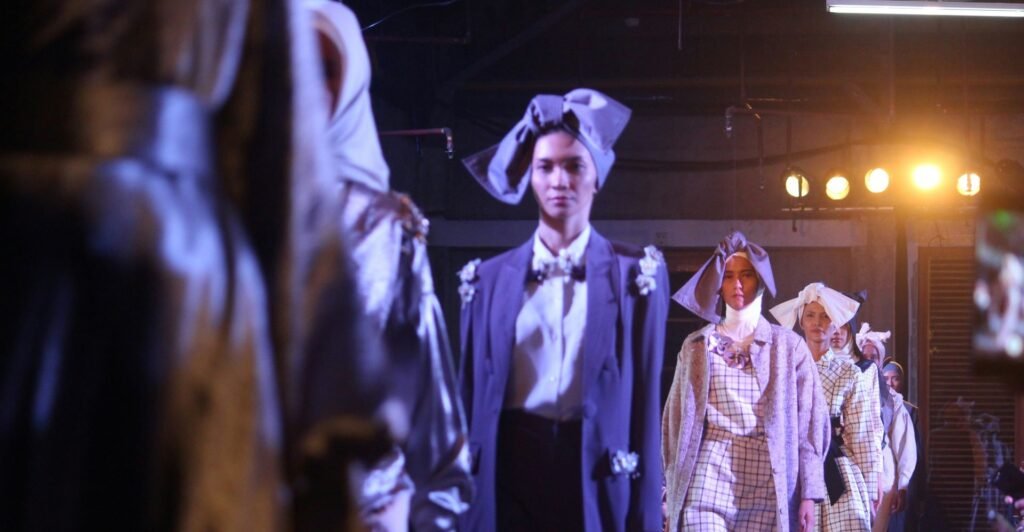
Moreover, Dubai Modest Fashion Week and other international fashion weeks dedicated to modest fashion have given a platform to designers who specialise in this aesthetic. Designers from the Middle East, Southeast Asia, and even Western countries are showcasing how modest fashion can be both contemporary and diverse.
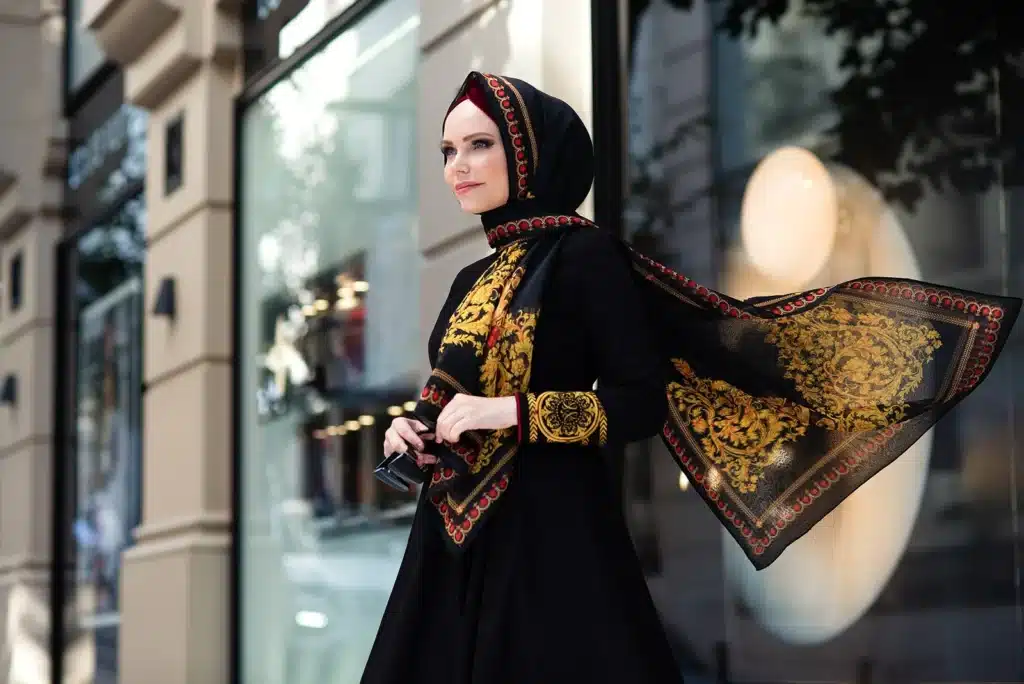
Why Is Modest Fashion Becoming So Popular?
- Cultural and Religious Significance: Modest fashion has deep roots in religious and cultural traditions. In many cultures, modest dressing is a reflection of faith, whether it’s Islam, Judaism, or Christianity. For Muslim women, for example, wearing the hijab or abaya is not only an expression of modesty but also an important aspect of religious practice. By providing modern and stylish options, modest fashion helps women express their cultural and religious identities while also staying on-trend.
- Personal Preference: For many women, modest fashion is a personal choice, unrelated to cultural or religious norms. Some women feel more comfortable in clothing that offers more coverage, whether due to body confidence, personal style, or a preference for minimalism. This rise in personal choice for modesty has encouraged more designers to create clothing that fits these needs.
- Inclusive Fashion: The fashion industry has been moving towards inclusivity in recent years, celebrating diversity in body types, ethnicities, and styles. Modest fashion fits perfectly into this narrative. Designers are now realising that the demand for modest clothing comes from a variety of women who want to feel included, whether they choose to dress modestly for religious, cultural, or personal reasons.
- Social Media Influence: Social media platforms like Instagram and TikTok have played a huge role in promoting modest fashion. Influencers and content creators are using these platforms to share their personal style, showcase modest fashion brands, and inspire millions of women worldwide. Modest fashion bloggers like Ascia Al Faraj, Leena Asad, and Hafsah Faizal are followed by thousands of women who seek inspiration for how to dress modestly while keeping up with the latest trends.
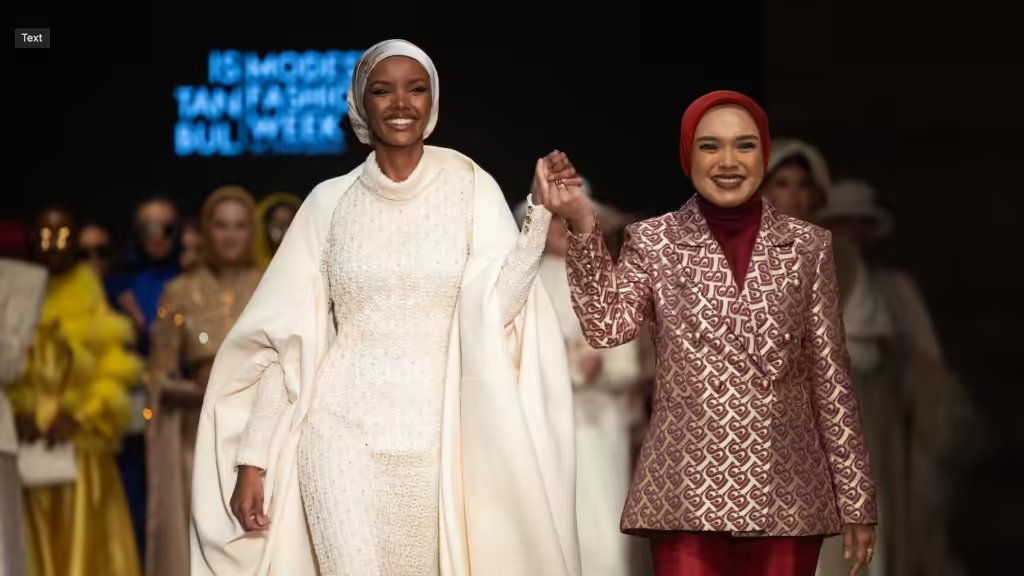
Major Brands and Modest Fashion
Several high-profile brands have tapped into the modest fashion market, realising its immense commercial potential. Some examples include:
- Dolce & Gabbana: The luxury Italian brand launched an abaya and hijab collection, featuring elegant, floor-length garments adorned with their signature floral and lace designs.
- Mango: The high street favourite has launched a Ramadan collection every year, with pieces specifically designed for the Middle Eastern market, including long dresses, tunics, and embroidered garments.
- Uniqlo: Collaborating with British-Japanese designer Hana Tajima, Uniqlo has created a range of modest clothing that is both chic and practical, offering breathable fabrics, loose silhouettes, and minimalistic designs.
- The Giving Movement: A locally based UAE brand that embraces sustainability and modesty, producing comfortable yet stylish activewear and loungewear with a focus on ethical fashion.
These brands are setting a precedent for how modest fashion can be incorporated into mainstream offerings while still maintaining cultural and religious significance.
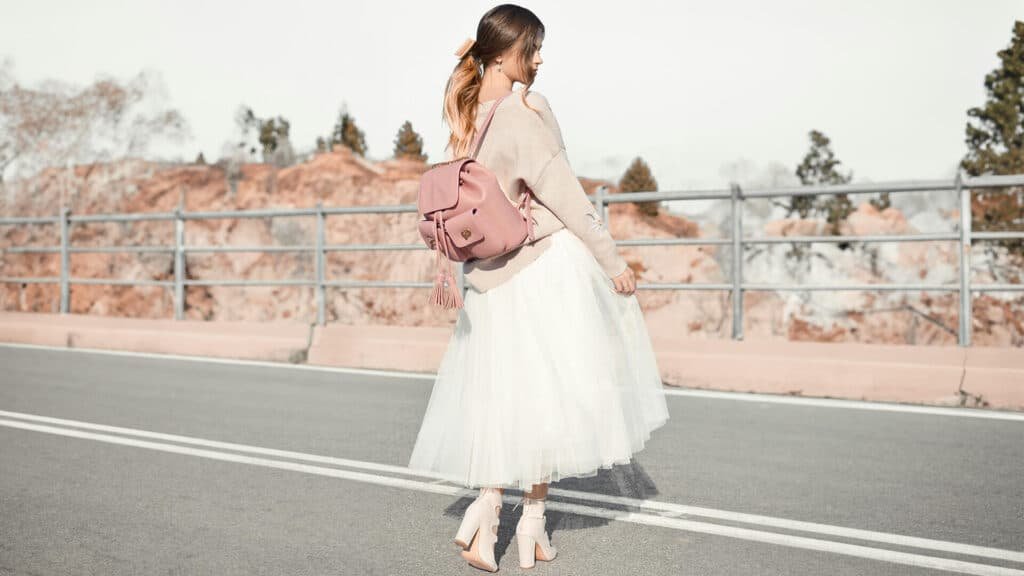
Local Brands Making a Mark in Modest Fashion
In addition to global brands, several local designers and fashion houses are leading the modest fashion scene in the UAE and the broader Middle East. The Giving Movement, based in Dubai, combines sustainability with modest fashion, offering a unique range of activewear and loungewear that meets the needs of modest dressers. DRESSCØDE, another Dubai-based brand, caters to modest fashion enthusiasts with stylish options that marry modern designs with cultural heritage.
These local brands are not only responding to the demand for modest fashion but are also redefining it by blending contemporary trends with modesty principles. They are helping to position the UAE as a global hub for modest fashion innovation.

The Future of Modest Fashion
The future of modest fashion looks promising, with the movement growing stronger each year. As more designers embrace this style and more women seek out modest options, the industry will continue to expand, offering a wider variety of choices. The global market for modest fashion is expected to reach $368 billion by 2025, driven by increasing demand from the Middle East, Southeast Asia, and Western markets.
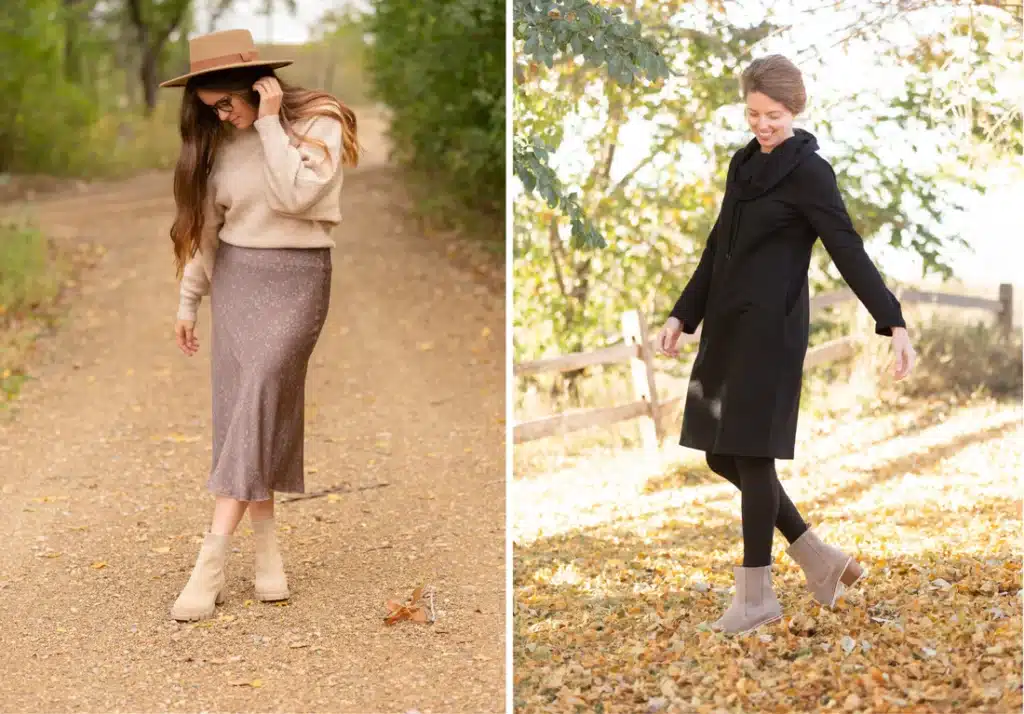
We are also seeing the rise of modest fashion influencers, particularly from regions like the Middle East and Asia, who are breaking down misconceptions about what it means to dress modestly. These influencers are redefining beauty and fashion standards, showing that modesty doesn’t mean sacrificing style or creativity.

Moreover, as sustainability becomes a more prominent issue in the fashion industry, modest fashion brands that embrace ethical fashion and slow fashion will become even more popular. Modest fashion, with its emphasis on timeless, versatile pieces, fits naturally into the slow fashion movement, where consumers are becoming more mindful of their purchases and opting for quality over quantity.
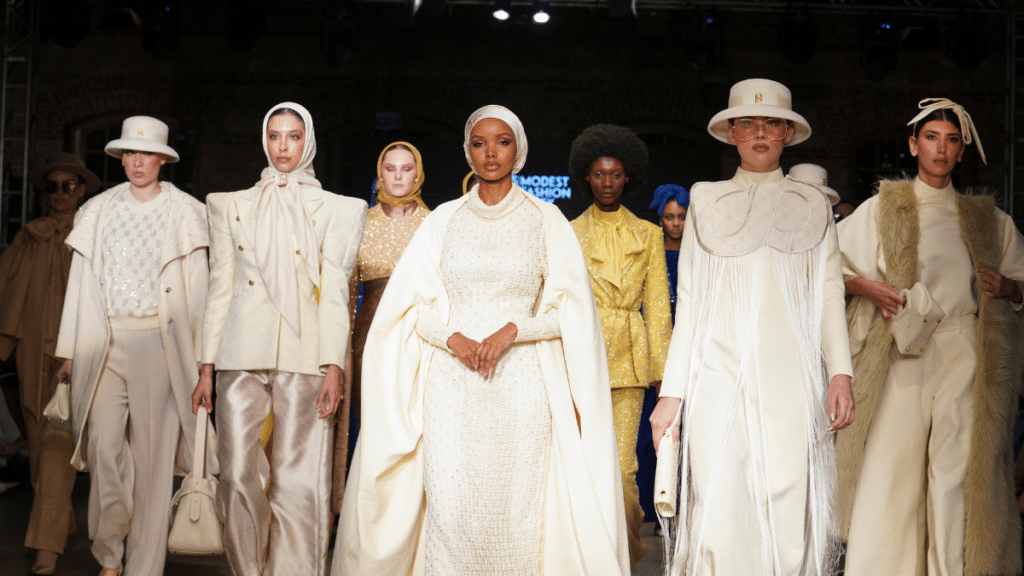
Conclusion
Modest fashion is not just a fleeting trend but a powerful movement that is reshaping the global fashion industry. With its roots in cultural, religious, and personal preferences, it offers an inclusive and diverse approach to style. From major global brands like Dolce & Gabbana and Uniqlo to local labels like The Giving Movement and DRESSCØDE, the modest fashion market is growing at an exponential rate.

As modest fashion continues to gain traction, it’s clear that the industry is evolving to meet the needs of women who want to express their identity, values, and creativity through their clothing choices. Modesty and style are no longer mutually exclusive—together, they are creating a new frontier in fashion.



